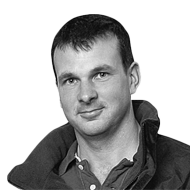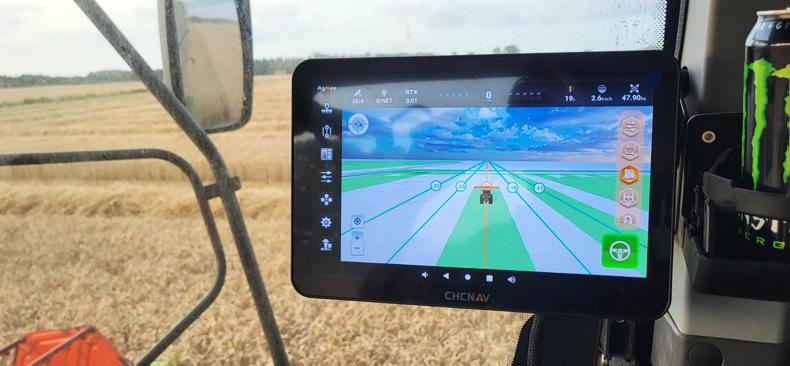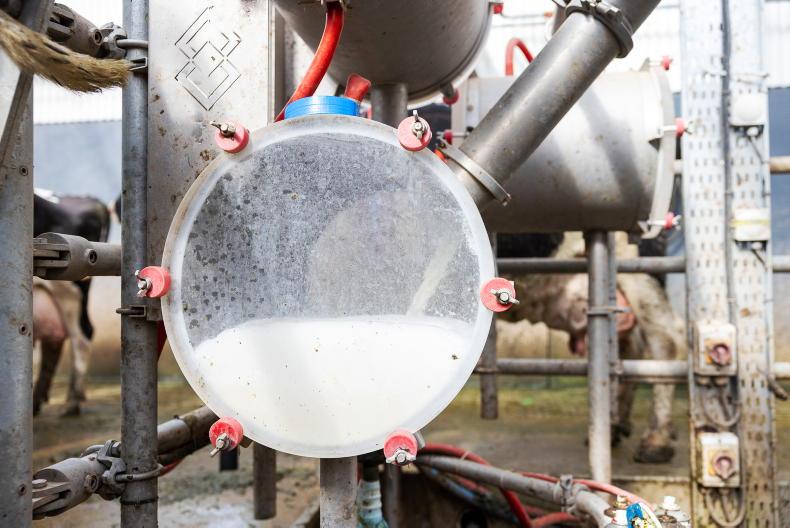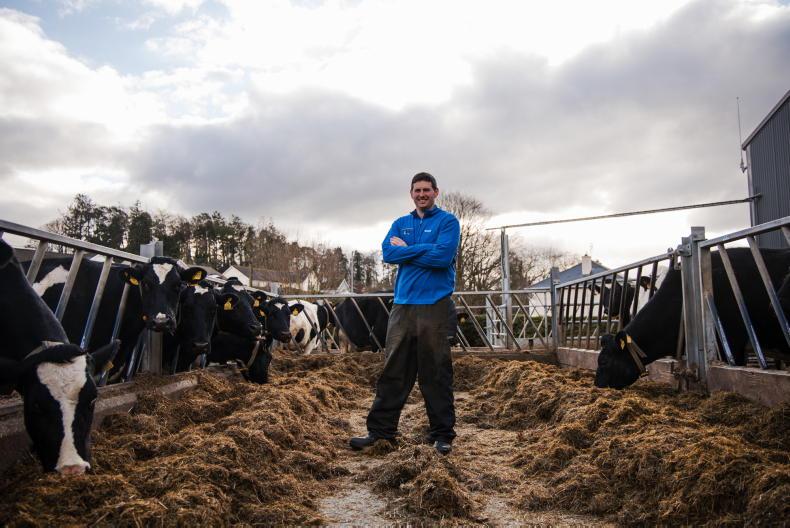It’s hard to believe that not that long ago we were wondering if the weather was ever going to improve. How many times did we hear that there would be no silage made before Balmoral Show?
In fact, this has to have been one of the best years ever for making top quality silage, and looking over hedges I would say that there has been more hay made this year than in the last ten years put together. Hopefully it won’t all be eaten before we even reach winter.
Up until the last few days, growth has been steady, with just enough rain at the right time to keep grass moving along nicely.
However, when walking the paddocks last week with the plate-meter it soon became clear that we are heading into a bit of a shortage on this farm.
To this point opening covers have easily been around 3,000 to 3,200kg of dry matter per hectare.
But now the cows are going into covers around the 2,400kg mark.
Fortunately, at this time of the year some cows are being dried off each week. In addition, others, who have been on the transfer list, have been removed from the milking group.
With second cut in the silo, it also means that the rotation can be extended to help reduce demand.
Second cut regrowth will be slow but at least it gives us more scope, even if it means that third cut will be pushed back a week or two.
It has been hard to know what to do regarding fertiliser. Some say there’s no point sowing until rain comes, while others seem to think it best to wait for some cover before sowing, and hope that the dew will be enough to activate it. I think that I probably agree with this. While growth may be slow, fertiliser won’t grow much grass while it stays in the bag.
Suspended
To help regrowth, topping and pre mowing has been suspended for now. It means the next rotation may be stemmy and hard to look at, but at least there will be something in front of the cows. With second cut made, the plan was to let the high group out during the day. However, with temperatures over 30 degrees I thought that these cows would suffer too much from heat stress. On the other hand, mastitis started to flare up with the temperatures in the shed. Probably the best option would have been to let these cows out at night and stay in during the day, however, to keep the routine simple they go out after morning milking. Milk yield collapsed for the first couple of days out, dropping by 7 to 8 litres/cow, before steadying at a group average of 35 litres.
Second cut
Second cut bulked up fairly well after a wet day on 19 June. I don’t mind a bit of stem in second cut as it generally is fed to dry cows and heifers, although possibly it might be a bit on the dry side.
Grass was left in rows and not tedded, but with the contractor delayed, the rows probably should have been grouped to help hold some moisture. I find dry second cut generally harder to manage in the clamp than dry first cut.
With the mercury rising so high during the day, the thought of covering an inside silo at the height of the heat was too much to even consider. With this in mind we got up at 4am and worked to 6.30am before having a well-deserved break before milking. After milking, an hour finished off the silo.
One thing is for sure, in this country plenty of rain will come, and after a day or two we will have forgotten all about the dry weather and how pleasant it really is.










SHARING OPTIONS